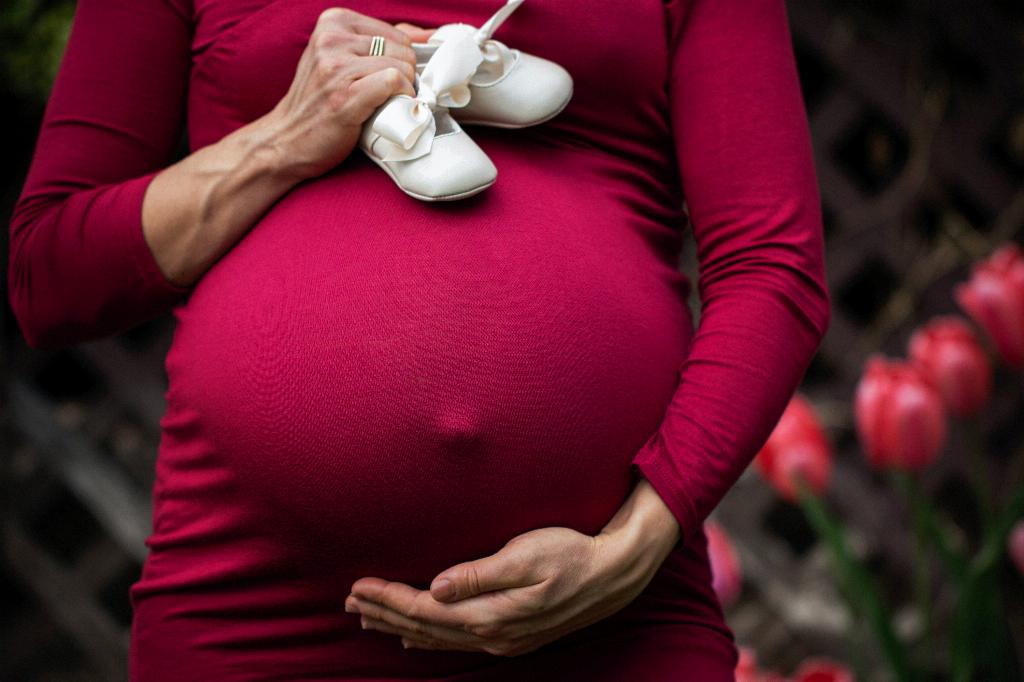When it comes to the likelihood of uterine rupture after having just one cesarean delivery, it’s essential to grasp the statistics and data available to make an informed decision. Research shows that uterine rupture is a relatively rare occurrence, happening in approximately 1 in every 300 deliveries for individuals who have undergone a single C-section.
It’s important to note that while the overall risk of uterine rupture after one C-section is relatively low, the chance of experiencing this complication can increase with subsequent cesarean deliveries. For individuals who have had more than one C-section, the likelihood of uterine rupture rises, affecting up to 9 in 300 deliveries.
Factors such as the type of incision made during the C-section, the interval between pregnancies, and the individual’s overall health can also influence the risk of uterine rupture. A classical incision, for example, may pose a higher risk compared to a low transverse incision in the uterus.
It’s crucial for individuals who have had a prior cesarean delivery to discuss their options with their healthcare provider when planning future pregnancies. Understanding the potential risks and benefits associated with vaginal birth after cesarean (VBAC) versus repeat C-sections can help individuals make informed decisions that align with their personal preferences and health considerations.
While VBAC can be a safe and feasible option for many individuals, it’s essential to weigh the potential risks, such as uterine rupture, against the benefits of vaginal delivery. Factors such as the reason for the previous C-section, the presence of other medical conditions, and the individual’s obstetric history can all play a role in determining the best course of action for subsequent pregnancies.
Healthcare providers play a crucial role in guiding individuals through the decision-making process regarding VBAC versus repeat C-sections. By providing personalized counseling, discussing individual risk factors, and offering evidence-based information, healthcare professionals can support individuals in making the choice that is most aligned with their values and preferences.
It’s important for individuals to engage in open and honest communication with their healthcare team throughout the pregnancy and delivery process. By sharing any concerns, asking questions, and actively participating in decision-making, individuals can feel empowered and informed as they navigate the complexities of pregnancy after a previous C-section.
In cases where uterine rupture does occur during labor or delivery, prompt recognition and intervention are critical. Healthcare providers must be prepared to respond quickly to manage this obstetric emergency and ensure the safety of both the birthing individual and the baby.
While the risk of uterine rupture after one C-section is relatively low, being aware of the potential signs and symptoms, such as sudden intense abdominal pain, abnormal fetal heart rate patterns, and vaginal bleeding, can help individuals seek prompt medical attention if necessary.
Ultimately, the decision regarding mode of delivery after a prior cesarean should be individualized and based on a comprehensive discussion between the birthing individual and their healthcare provider. By weighing the risks and benefits, considering personal preferences, and staying informed, individuals can make choices that prioritize their health and well-being during pregnancy and childbirth.
Overall, while the odds of uterine rupture after one C-section are relatively low, understanding the factors that can influence this risk and having open communication with healthcare providers are essential steps in ensuring a safe and informed approach to subsequent pregnancies for individuals with a history of cesarean delivery.

